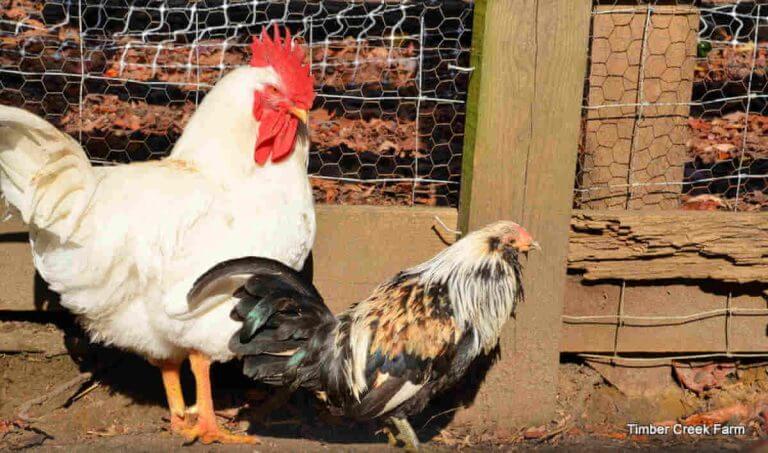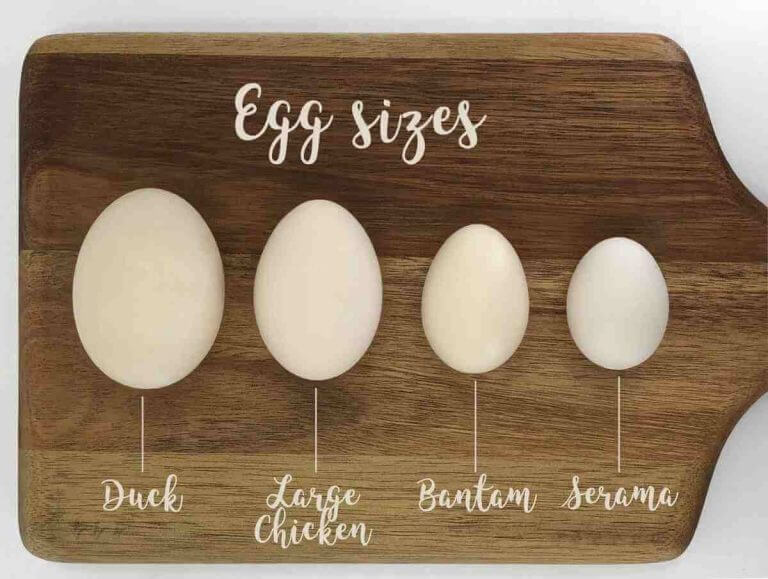What Are Bantam Chickens – Everything You Need To Know
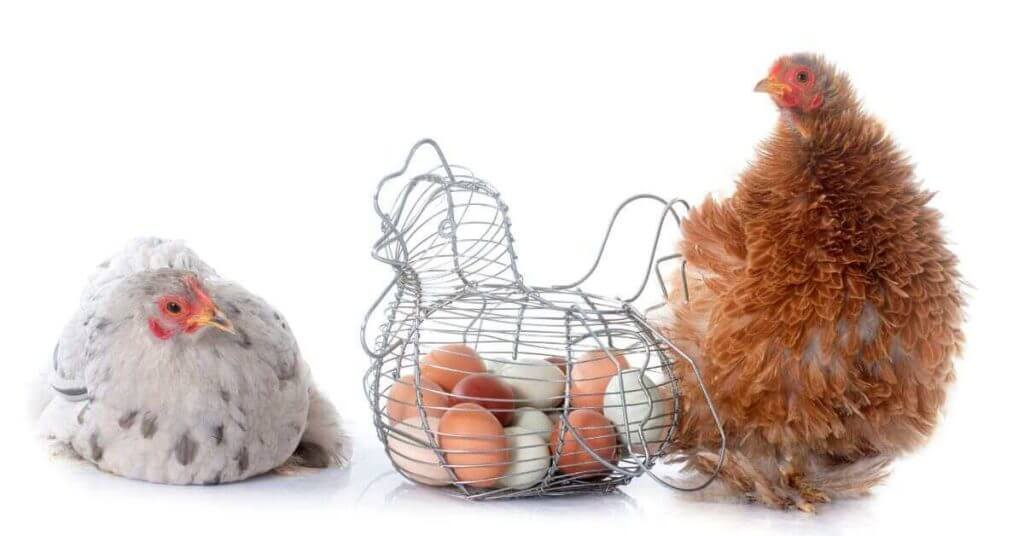
Jump to:
What bantam chickens lack in size, they make up for with their giant personalities. From the fluffy and friendly Silkie to the hardy and colorful Old English Game, these irresistibly cute counterparts to their standard-sized relatives have captivated the hearts of poultry enthusiasts around the globe.
Whether you’re drawn to their manageable size, the large variety of breeds, or their charismatic personalities, bantam chickens can be an excellent choice for even the smallest of backyards.
This introductory guide offers comprehensive insights into bantam chickens, covering all the essentials. It’ll help you determine if bantams are right for you, pick the right type for your situation, and think through all the important details and considerations before you dive in.
As with anything, success is in the planning, so you want to make sure you pick the right breed for your circumstances, ensuring these pets with personality can thrive.
What are Bantam Chickens?
The way bantams are classified often causes confusion. Many believe that bantam refers to the breed, but it really refers to the size, where most bantam chickens are a miniature version of larger chicken breeds, often only 20-25% of the size of their standard counterparts.
Some of the most common examples of bantam chickens, also called miniaturized bantams, include Silkies, Cochins, and Plymouth Rocks.
There are, however, “true bantams”, which are their own breed and have no larger-sized counterpart. Common examples of true bantams include the Sebright, Dutch, and Serama.
There is technically a rarely mentioned third category- developed bantams. These are bantam breeds that have been developed or bred specifically to meet certain criteria, standards, or appearances and do not have a direct standard-sized counterpart.
Developed bantams are created through selective breeding processes that aim to enhance or introduce specific traits, such as color patterns, size, or feather types, making them distinct from existing bantam or standard breeds.
While not a category officially recognized in all poultry circles, “developed bantams” encompasses the innovative aspect of poultry breeding, highlighting the ongoing evolution of chicken breeds to meet the changing desires of enthusiasts and breeders alike.
What is the Difference Between Bantam Chickens and Standard Chickens?
Technically, all bantams and standard chickens are part of the same species – Gallus gallus domesticus. While bantams and chickens are often referred to as two distinct categories, bantams are simply a size classification within the chicken species, while true bantams are their own species as they do not have a full-sized counterpart.
Bantams weigh significantly less than their standard counterparts; a standard-sized chicken might weigh between 5 to 10 pounds (2.3 to 4.5 kg), while a bantam might weigh only 1 to 2 pounds (0.45 to 0.9 kg).
In terms of egg production, bantams naturally lay smaller eggs relative to standard chickens but often lay just as frequently. Their eggs are perfectly edible and taste the same as those from larger chickens – you will just require more eggs than you would do for traditional chicken eggs.
The benefits of bantams, from smaller coop size and lower feeding costs to friendly temperaments, make bantams well-suited for smaller home spaces, or as a starting animal for those looking to get into chickens or livestock more generally.
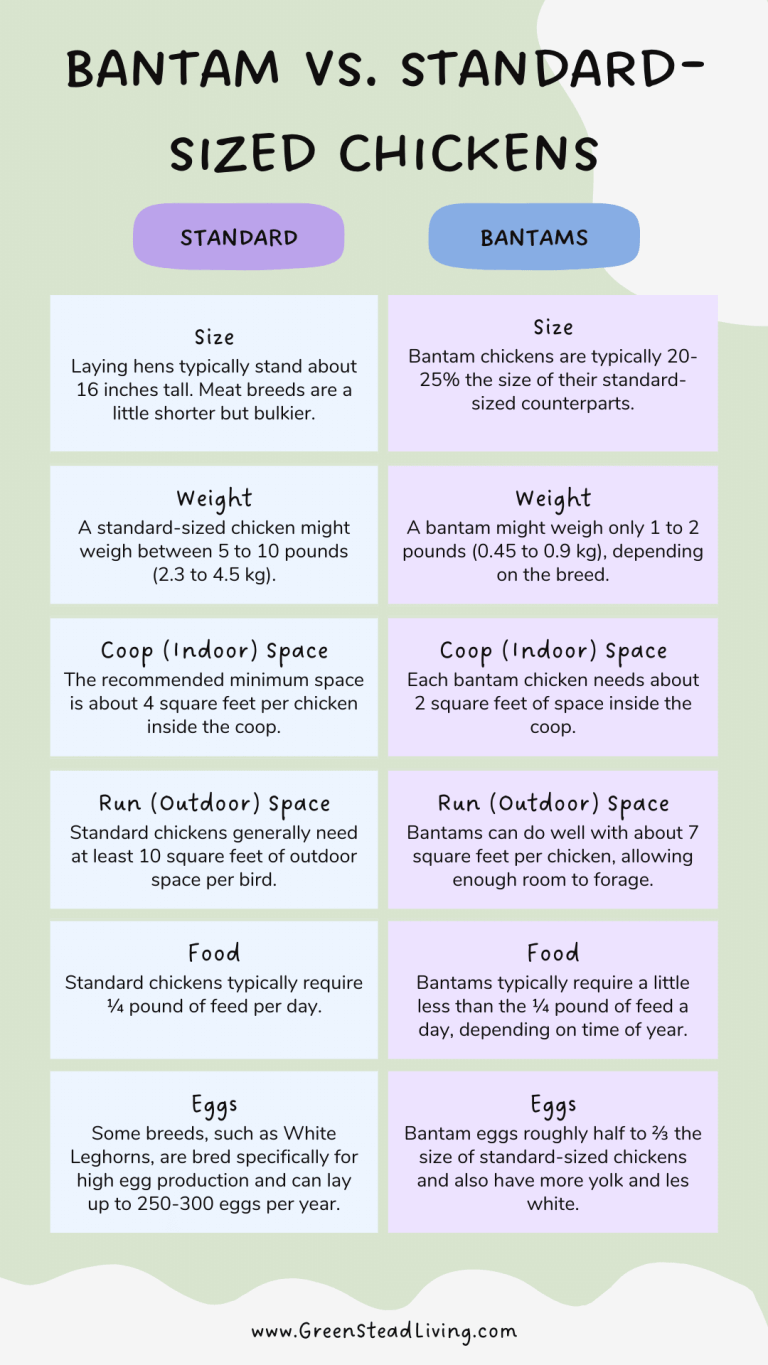
Types of Bantam Chicken
There are hundreds of types of bantam chicken to choose from; the APA’s “Standard of Perfection” lists over 400 varieties of poultry, including many bantams.
Their popularity partly stems from their unique and varied aesthetic appeal. Bantams come in all different colors, feather patterns, body shapes, and temperaments, catering to a wide range of poultry enthusiasts’ preferences, whether for showing, breeding, egg production, or simply keeping chickens as pets.
One of the most distinctive and popular choices of bantam is the Silkie, known for its fluffy, silk-like plumage, which feels more like fur than feathers. They also have several other quirks, including black skin and bones, blue earlobes, and five toes on each foot (most chickens have four), and their friendly and docile nature makes them excellent pets.
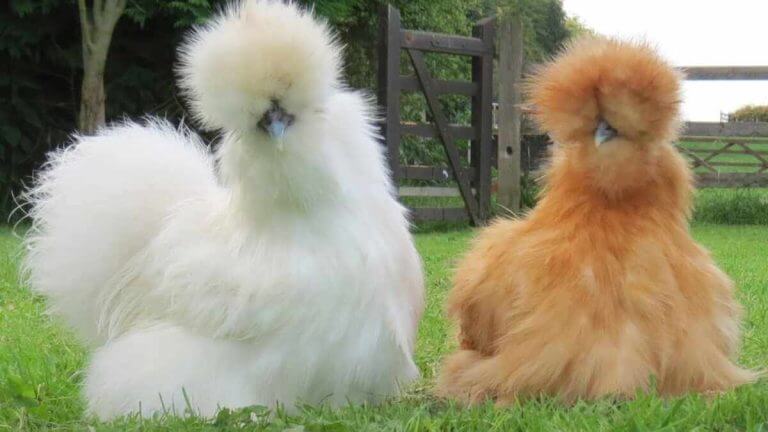
Serama Bantams, the smallest chicken breed in the world, are true bantams notable not just for their tiny size but also for their proud and upright posture, large breasts, and vertical tail. They come in a wide variety of colors and feather types, including frizzled ones, and are known for their confident and interactive personalities.
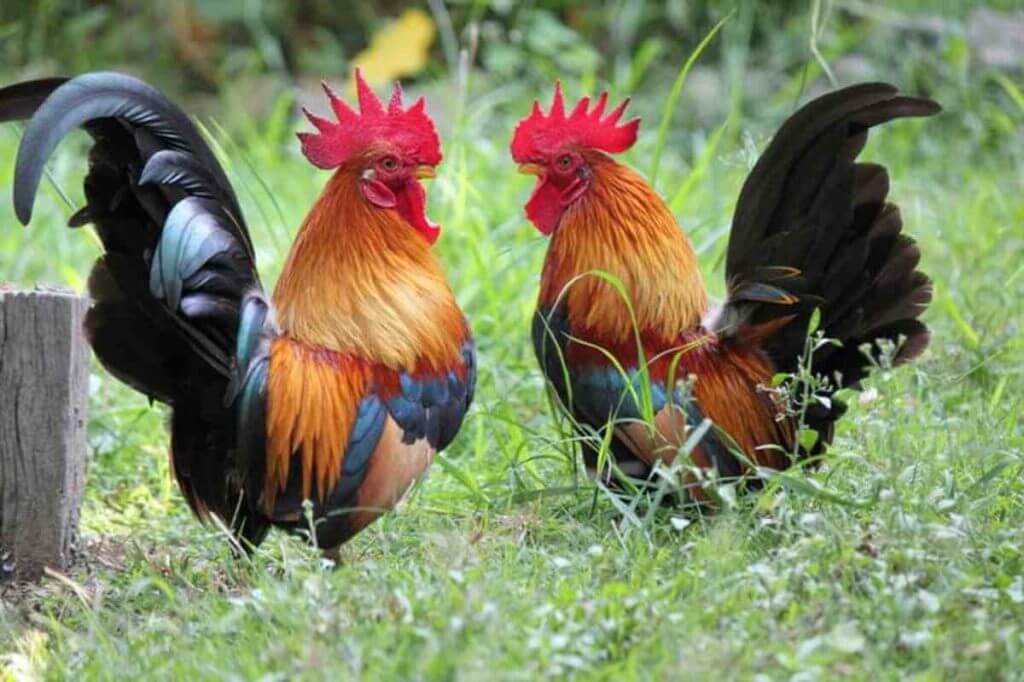
Three popular and friendly bantam breeds that make excellent family companions include Pekin bantams, known for their affable nature and distinctive fluffy legs; Sebrights, recognized for their striking laced feathers and keen eyes; and Cochins, admired for their extensive, soft feathering that elegantly drapes over their legs and feet.
What Are Bantam Chickens Good For?
Whether bantam chickens are right for you, and which bantam would suit your needs the best, depends on what you want from them. From companions to egg production to ornamental appeal, bantams provide many benefits for various uses.
1) Excellent Backyard Chickens
Bantam chickens are an excellent way to start raising your own backyard chickens and enter the livestock game, whether for eggs, companions, or meat. Their compact size makes them easier to handle than their standard-sized counterparts, particularly useful for children or those new to keeping chickens.
Their smaller size is much better suited for smaller yards and footprints. As a rule of thumb, standard-sized chickens need 4 square feet of coop space and 10 square feet in an outside area. Bantams typically require half of this: 2 square feet of coop space and 6-7 in outside space. Note these are the bare minimums; the more space, the happier the chicken.
Thankfully, bantams are generally less noisy than standard chickens thanks to their smaller size and docile temperament – a welcome relief for anyone used to the early wake-up calls from roosters. They are also genuinely better-mannered, although this varies depending on the breed.
2) Eggs
Despite their size, many bantam breeds are reliable egg layers, producing a fair amount of eggs ideal for small households. While the eggs are smaller, they are just as nutritious and delicious as those from larger chickens.
While bantams are generally half the size of their standard counterparts, their eggs are roughly two-thirds of the size of regular eggs, making them just as efficient overall, if not a little more, compared to regular-sized chickens.
Their smaller size also means they eat less food; each bantam will consume about two to three pounds of feed per month, compared with 6 pounds per month for a full-sized chicken, or approximately half.
Considering bantams cost approximately half to feed and house compared to regular chickens, yet yield around two-thirds of egg volume, it is little wonder why many homesteads and small to medium-sized commercial ventures have switched to bantams, especially since material costs have escalated.
3) Good Temperament
Unlike many full-sized chickens, which are known for their sometimes erratic behaviors, bantams are often friendly and docile, although this varies significantly on the specific type of bantam.
Their docile nature allows for easier integration into family life and is perfect for children, providing one of the best ways for kids to get involved in livestock. Silkies, one of the most popular bantam breeds, are known for being particularly affectionate, often following their humans around the pen.
4) Ornamental Appeal
Alongside practical uses such as eggs and meat, bantams are also highly valued for their ornamental appeal.
Many bantam enthusiasts participate in poultry shows where their birds are judged based on their conformity to breed standards, such as plumage quality and coloration, posture, and overall condition. Winning these competitions is a matter of prestige and can increase the ornamental value of the birds.
From the elegant Sebright with its laced feathers to the fluffy Silkie with its unique plumage, bantams offer a wide range of visual appeal. Each type has its unique characteristics, such as feather types, colors, and patterns, allowing enthusiasts to breed and showcase a variety of attractive birds.
Do Bantam Chickens Lay A Lot of Eggs?
While it varies on the type, bantam eggs are typically half to two-thirds the size of regular chicken eggs. Considering they are also one-third to half the size of chickens, the yield is actually pretty good.
Weight isn’t the sole consideration: the proportion of yolk to white is higher in bantam eggs. While great for extra protein, this may affect some delicate gourmet recipes and needs to be accounted for.
Bantam chickens are often known for their broodiness and willingness to be good mothers, whereas full-sized chickens often need to be instinctually driven to set for the 21 days required to hatch eggs.
Not all chickens retain this natural drive. Chickens stop laying eggs when they become broody, so breeders who are focused on egg production select hens who don’t get broody for their flocks.
Over time, many breeds, especially large fowl, have lost the ability to brood their eggs. Bantam hens are often willing to hatch any eggs placed under them.
How Long Do Bantam Chickens Live?
As you might expect, life spans decrease as size decreases, although the difference is not overly significant.
The lifespan of a standard chicken is 5 to 10 years, and bantams about 4 to 8 years. With excellent care, however, some bantams can live up to 10 or more years depending on genetics, diet, environment, and healthcare.
Can I Mix Bantam Chickens With Regular Chickens?
Mixing bantam and full-sized chickens can go either way. Some folks have no trouble at all, while others end up playing referee to break up chicken squabbles, sometimes with sad outcomes for the little bantams.
The trick to keeping the peace lies in making sure they’ve got enough room to strut around without stepping on each other’s toes, and enough cozy spots under the heat lamp so no one feels the need to pile up. Sure, the Bantams might get bumped now and then, but they’re pretty resilient. The real issue is if they start huddling for warmth and the little ones end up at the bottom of the pile.
When mixed, bantams usually end up being lower on the pecking order, but thankfully that doesn’t bother them much.
When it comes to getting everyone used to each other, a slow and steady introduction works best. Maybe start with a fence between them or keep the newbies in a little pen or chicken tractor so they can see but not touch.
By the next day, letting them meet face-to-face should be okay. They’ll probably do a bit of posturing and figuring out who’s boss, but after a little while, they’ll settle down and get along just fine.
Where to Buy Bantam Chickens?
Adding bantam chickens to your backyard can be quite the adventure, and fortunately there’s a range of places where you can snag some. If you pop into your local feed or farm supply store come spring, you’re likely to find a variety of chicks, bantams included, usually running you about $3 to $5 each. It’s a straightforward pick-up, with no fuss over shipping.
If you’re hunting for something a bit more specific or could use some expert advice, hitting up poultry farms or diving into online hatcheries might be your best bet. The sky’s the limit with breeds, but getting them shipped will increase the costs to around $5 to $20 per chick, depending on how rare or fancy your chosen breed is.
Before you make any moves, though, make sure your backyard’s all set—heat lamp, chick feed, water dishes, the works. A quick bit of homework goes a long way to ensure your bantams can strut happily in your space.
Final Thoughts
Diving into the world of bantam chickens can be overwhelming; the sheer amount of breeds and varieties can cause some serious head-scratching. But the reward from owning these quirky birds is worth the effort, especially for those looking to enter the world of chickens and livestock.
These little birds pack a big punch when it comes to personality and the sheer joy of keeping them, and are ideal for smaller spaces and beginners.
A word of advice, however -, bantams have a way of becoming more than just pets or egg producers; they become part of the family. Whether you’re drawn to the Silkie’s fluffy charm or the vibrant energy of an Old English Game, there’s a bantam out there for everyone.
FAQs
Bantams weigh significantly less than their standard counterparts; a standard-sized chicken might weigh between 5 to 10 pounds (2.3 to 4.5 kg), while a bantam might weigh only 1 to 2 pounds (0.45 to 0.9 kg).
While it varies on the type, bantam eggs are typically half to two-thirds the size of regular chicken eggs. Considering they are also one-third to half the size of chickens, the yield is actually pretty good.
Their popularity partly stems from their unique and varied aesthetic appeal. Bantams come in all different colors, feather patterns, body shapes, and temperaments, catering to a wide range of poultry enthusiasts’ preferences, whether for showing, breeding, egg production, or simply keeping chickens as pets.

Reverse Osmosis Water: The Best Way to Purify Tap Water
Reverse osmosis water filtration systems offer the best way to obtain clean and healthy tap water for drinking.

What is Companion Planting – A Beginners Guide
An overview of everything you need to know about what is companion planting, and what plants should be included and avoided to help your garden thrive.
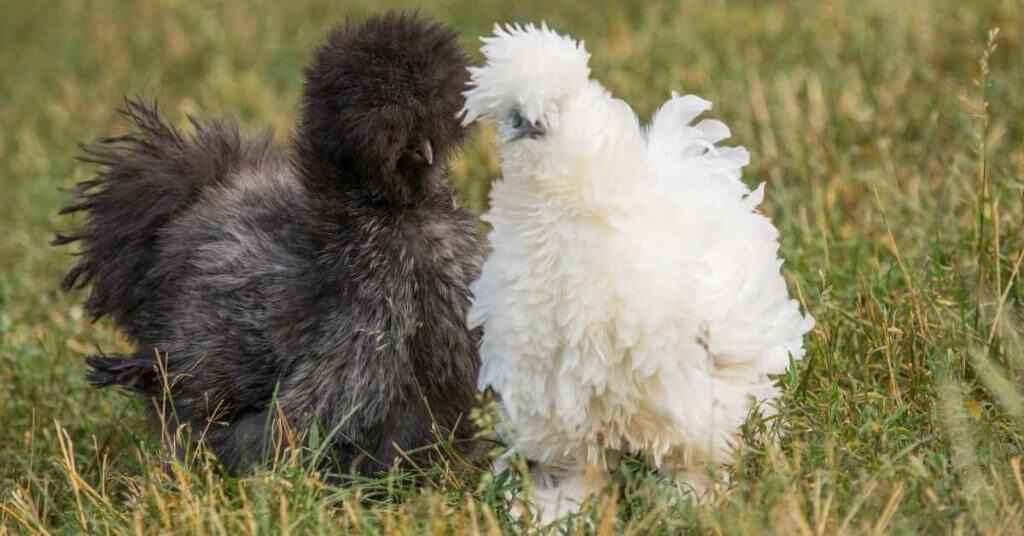
A Guide To Silkie Chickens (Having Learned The Hard Way)
A guide to Silkie chickens and everything you need to know about the breed before you buy.

Companion Planting Chart For Herbs
Here is a companion planting chart for herbs, showing which herbs work great together, and which should be avoided.

Companion Planting Chart For Fruits
A companion planting chart for fruits, showing which plants help fruits, which are helped by fruit plants, and which to avoid.

How To Make Compost – An Easy Beginner’s Guide
An easy beginners guide on how to make compost, the right way, for a healthier garden.
